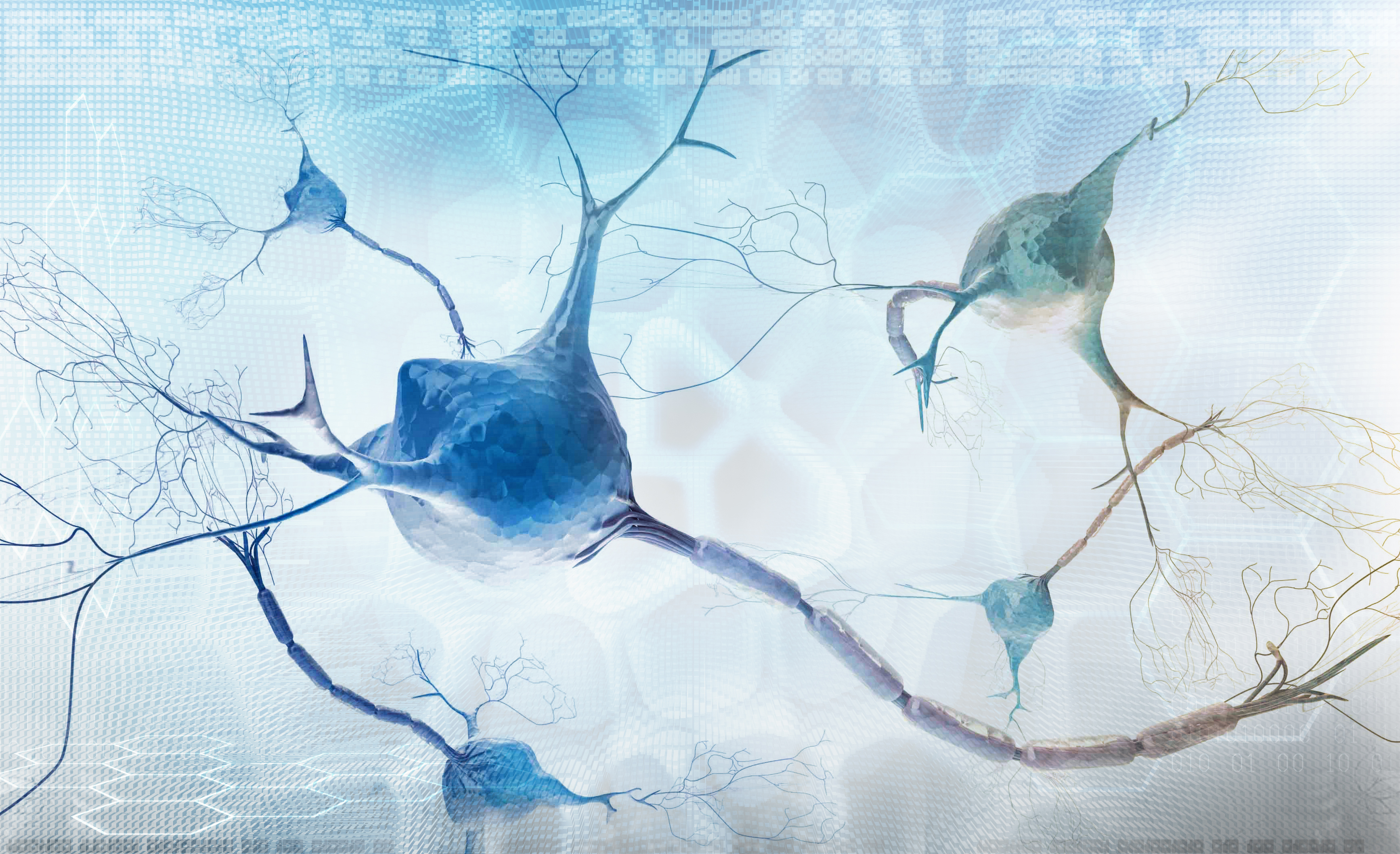New Method Could Boost Effectiveness of Cell-based Therapies in Parkinson’s Disease

A new method to encapsulate single cells in alginate hydrogels, a material derived from a sugar that occurs naturally in brown seaweed, could improve the delivery of therapeutic substances to the body and be used for the treatment of many diseases, including Parkinson’s.
The study, “Deterministic encapsulation of single cells in thin tunable microgels for niche modelling and therapeutic delivery,” was published in the journal Nature Materials.
The researchers describe a method for encapsulating single cells in a layer of alginate that allows better integration of implanted cellular therapies in the body.
“Enabling microgel encapsulation of single cells should allow much better integration and vascularization of implanted cellular therapies, for example in treatment of diabetes or Parkinson’s disease, and provide new ways to study and control behavior of individual cells both inside and outside our bodies,” Dr. Donald Ingber, the founding director of the Wyss Institute at Harvard University, said in a press release.
So far, most of the work on how biomaterials can determine cell function and differentiation has been conducted in cell populations. However this new approach allows manipulation at the single cell level.
The team of researchers first coated cells with calcium carbonate nanoparticles, which enable cell encapsulation when mixed with an alginate polymer solution. However, using a different method from pre-existing techniques, they washed away the nanoparticles that had not adhered to cells with a water and oil emulsion before mixing them with a polymer solution. This resulted in microgel-encapsulated single cells and almost no empty capsules.
“Even though each cell is encapsulated in its own individual thin hydrogel layer, the process is extremely fast and can encapsulate one thousand cells per second inside one microfluidic channel,” said Angelo Mao, the first author of the study.
The new approach also differs from pre-existing gel encapsulation methods in terms of the hydrogel thickness layer around encapsulated cells. Because the new hydrogel layer is much thinner, it forms a much smaller capsule that can be delivered by injection into the blood stream.
According to the authors, the new method increases the proportion of cell-containing microgels tenfold and has an encapsulation efficiency of over 90 percent. They predict that this could improve the effectiveness of many cell-based therapies.
In addition, because the hydrogel layer between the encapsulated cells and the tissues in the body is thinner, the delivered cells can exert their activity faster and more efficiently. They can also be stable and carry out their therapeutic effect longer inside the body, thanks to growth and anti-inflammatory factors that can be infused within them.





